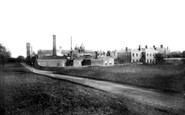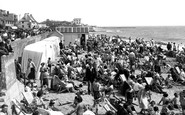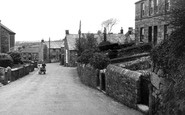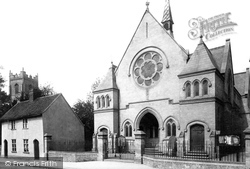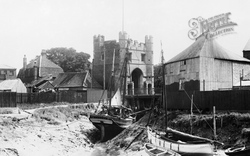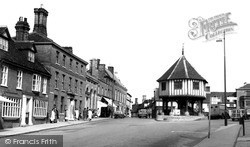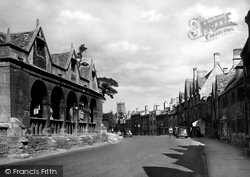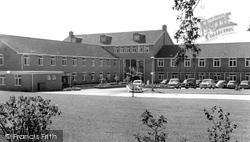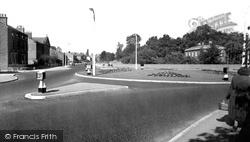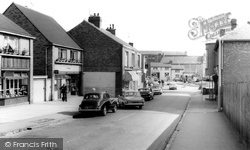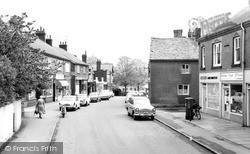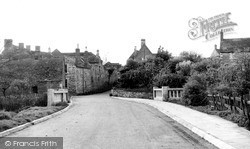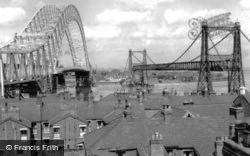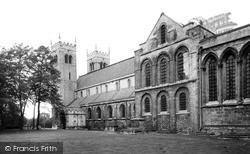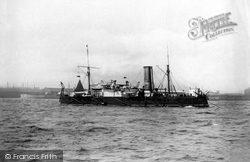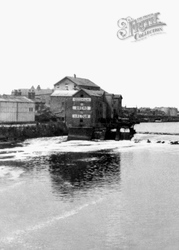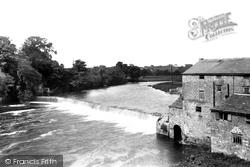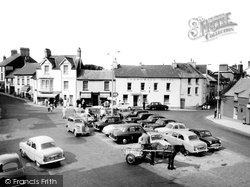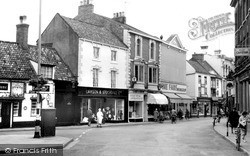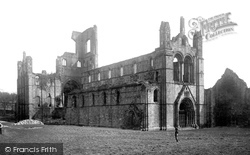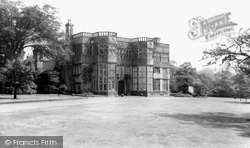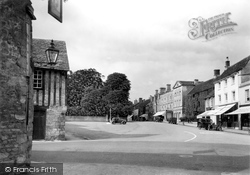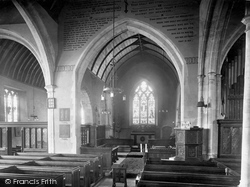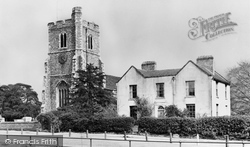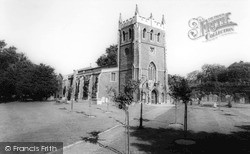Places
Sorry, no places were found that related to your search.
Photos
5 photos found. Showing results 981 to 5.
Maps
83 maps found.
Books
Sorry, no books were found that related to your search.
Memories
1,128 memories found. Showing results 491 to 500.
Loyal Order Of Moose
I would very much like to catch up with any members of the L O o M from the Paignton branch of that time, also any members of the Federation of Master Builders Torbay branch of which I was president in the mid 70s, in particular ...Read more
A memory of Paignton in 1959 by
Kart Club
Hi there all you Karters. Just sitting here in Queensland, Australia and thought I'd pass on a bit of history regarding The Dunkeswell Kart Club. The club started as an 'offshoot' of The Torbay Motor Club of which I was a member, as were ...Read more
A memory of Dunkeswell in 1964 by
Living On Elmer Road Middleton On Sea 1962 1974
I lived there as a young child from about the ages of 2-14 years old (1960-early 1970s). As a young child Elmer Road seemed to be at the end of the world. The main road heading east hit a ...Read more
A memory of Middleton-on-Sea in 1969 by
The Long Family Hindringham
Although not from Hindringham myself, I am the last of the Long family, who for many generations lived in Hindringham. My Grandfather Alex, Great Aunt May, and Great Uncle Ezra were just a few of my family, who, no ...Read more
A memory of Hindringham
Pea Shooter And Buses
It was about 1953 when we discovered pluffers and ca caws. The pluffer was a device we used for a pea-shooter. This was a straight stem from a weed and it was about an inch or so in diameter, hollow through the centre and ...Read more
A memory of Newburn in 1953 by
Frightening Times
In 1997 I worked for a company calles SES security where I was a security officer at Parkside. Over my time there I became fascinated with the layout of the site and spent many many months walking the length and breadth of ...Read more
A memory of Macclesfield in 1997 by
The 1960s In Walton Hard Times!
I moved to Walton in the 1960s after my dad died. We lived in a caravan at a park up the Naze as we were homeless. I went to school in Stanley Road when I was 14 and went for a month or so and never went ...Read more
A memory of Walton-On-The-Naze by
A Childhood At Ardfenaig
Well, a little more than a childhood as I emigrated to New Zealand at the age of 24. I consider my upbringing at Ardfenaig to have been be the most fantastic thing that could have been. Sadly whilst it was in progress one ...Read more
A memory of Ardfenaig in 1956 by
Chilhood And Family
My family connection with LLandudno starts with my grandmother. She moved with her widowed mother, brother and sister from Sutton Coalfield sometime in 1900s. The family name was Ford, it comprised my great-grandmother Emma and ...Read more
A memory of Llandudno by
Happy Days
Wonderful memories of a very happy childhood. I am St. Dennis born and bred, and for me there's no place like it. My father Stanley Grigg and his partner had a cycle shop and repair business and I remember well the American G.I's bringing ...Read more
A memory of St Dennis in 1946 by
Captions
1,233 captions found. Showing results 1,177 to 1,200.
The left door of the house to the left has become a window, the two windows have been shortened, and the Gothic arch of the other door has been removed.
Silting of the Ouse's ponderous waters robbed the town of much of its former prestige as a seaport, but its many graceful buildings and old Custom House have brought to it the appella- tion
The fine half-timbered octagonal market cross, resting on timber stilts and stone arches, was built in 1605 after a fire destroyed a good proportion of the town.
The arched building in the left foreground is the Market Hall, which was built in 1627 at the expense of Sir Baptist Hicks.
Much of this remarkable building has been demolished over the past decade to accommodate a not particularly complimentary flat conversion.
It looks much the same today, with attractive flower- beds, although it has been reduced in size to aid the flow of the traffic.
Much red brick building of the 19th century intruded into the village scene as industry spread from Leicester, including the impressive backdrop of factory buildings we see here.
The shop fronts in the left-hand row have retained much of their original quality, but Flair, the ladies' hairstylist (right), has made the alterations which were regrettably to become
This later 17th-century house is unattributed, but it does have much in common with Lyndon Hall, designed by John Sturges in 1668.
The road bridge had taken four years to build, and was very much needed by the time it opened. Sunday and holiday traffic heading to and from North Wales could take up to two hours to cross.
The half-timbered octagonal market cross, resting on timber stilts and stone arches, was built in 1605 after a fire destroyed a good proportion of the town.
The transepts with their two storeys of arches date from the 1920s and 1930s, while a modern central tower with a slender spire and a choir was erected from 1966 to 1974 by Laurence King.
In 1890 she could manage 12.2 knots, though she was much happier doing ten; but by 1895 her speed seems to have been reduced to an asthmatic 8.4 knots.
The company still occupies the mill, but the water wheel that provided so much power turned for the final time in 1973.
This new three-arch bridge was completed in 1804 at a cost of £24,864; on the central parapet are the names of the then 74-year-old architect John Carr and the builder, Bernard Hartley of Pontefract
Lord Haw Haw heard this, and broadcast that HMS 'Cabot' had been sunk - much to the amusement of the locals.
This is not so much of a square as a roundabout these days. There is no car parking today, but a busy road junction with a cannon in the centre.
This street scene has not changed very much except for the names of the occupants.
North presented the Abbey to the city, and after much restoration it was opened to the public.
The Council look after it well, and there is much to see in this fine old building.
Although very much a stone-built place, it lacks the Cotswold atmosphere of the settlements on the high wold.
The Jacobean oak pulpit of c1630 was found in the tower arch covered in white paint, and was placed in its present position during the restoration of the church in 1851.
Broxbourne's parish church of St Augustine is much larger than St Paul's.
At the Dissolution, the nave was demolished and the western arch of the tower was filled in. The people of the town bought the remains of the original building, and it then became the parish church.
Places (0)
Photos (5)
Memories (1128)
Books (0)
Maps (83)



